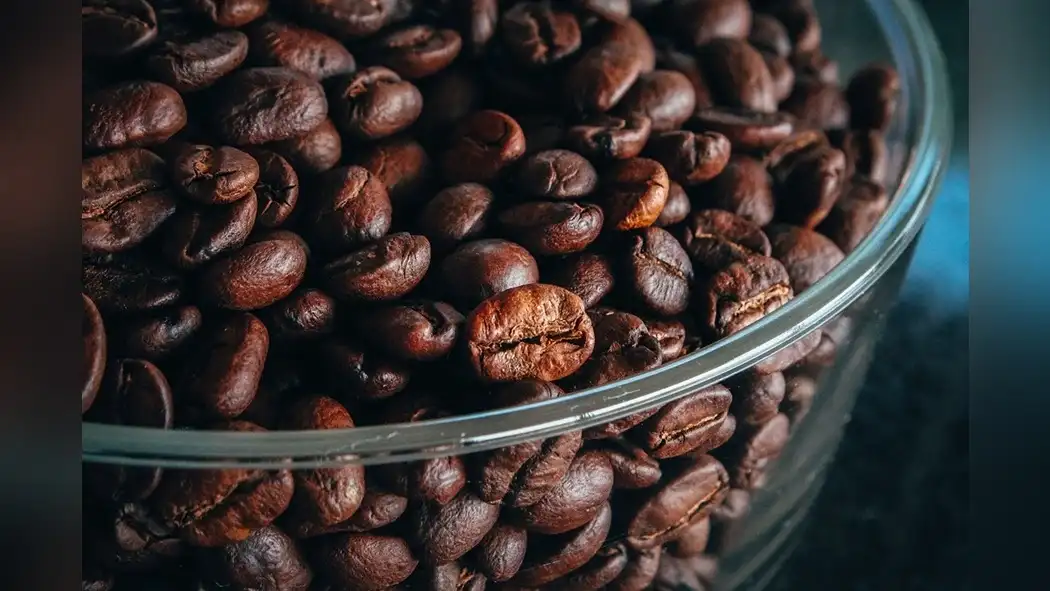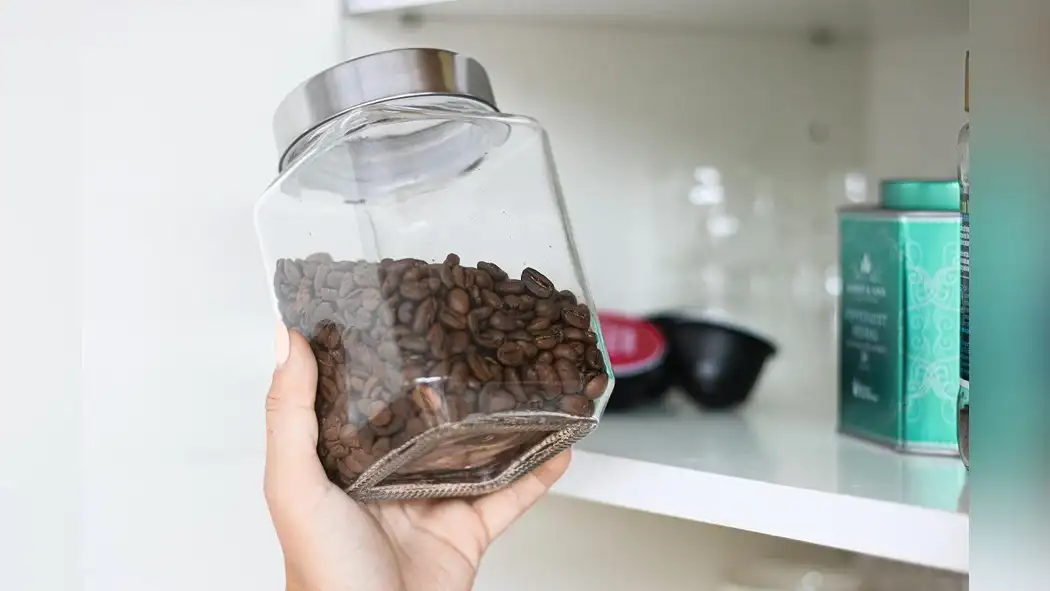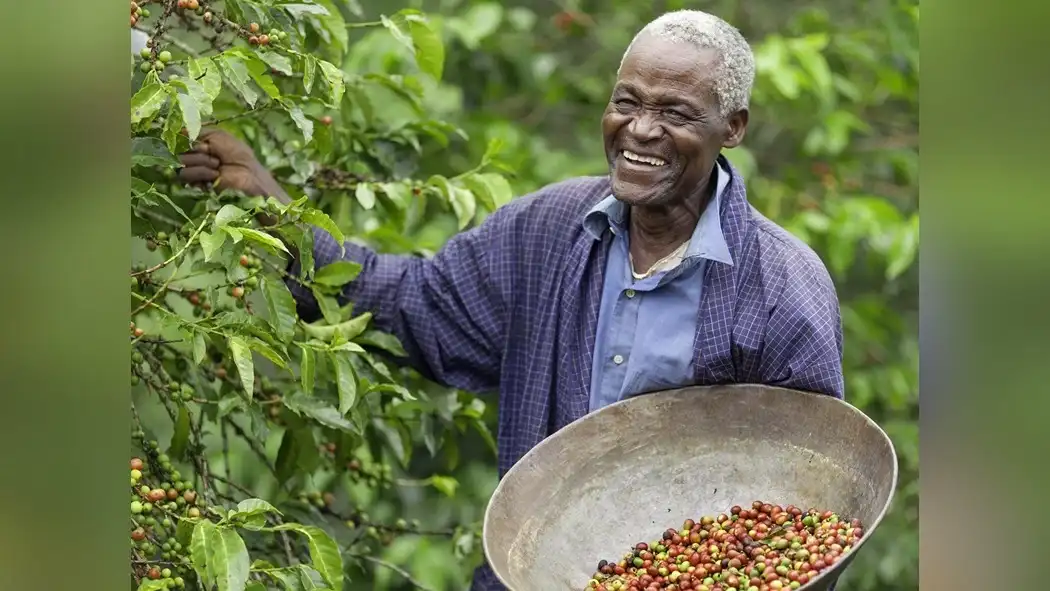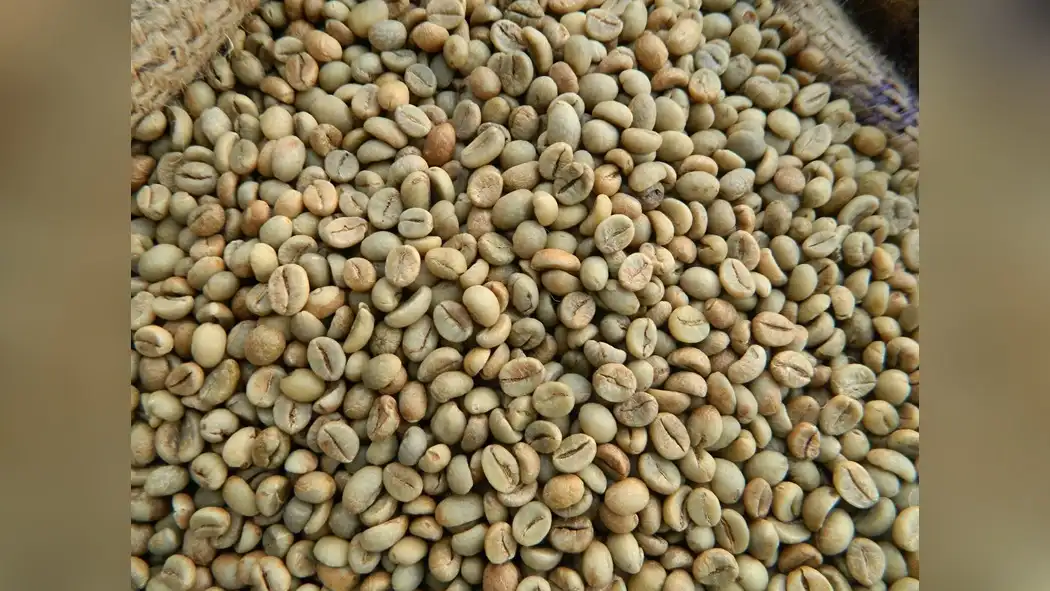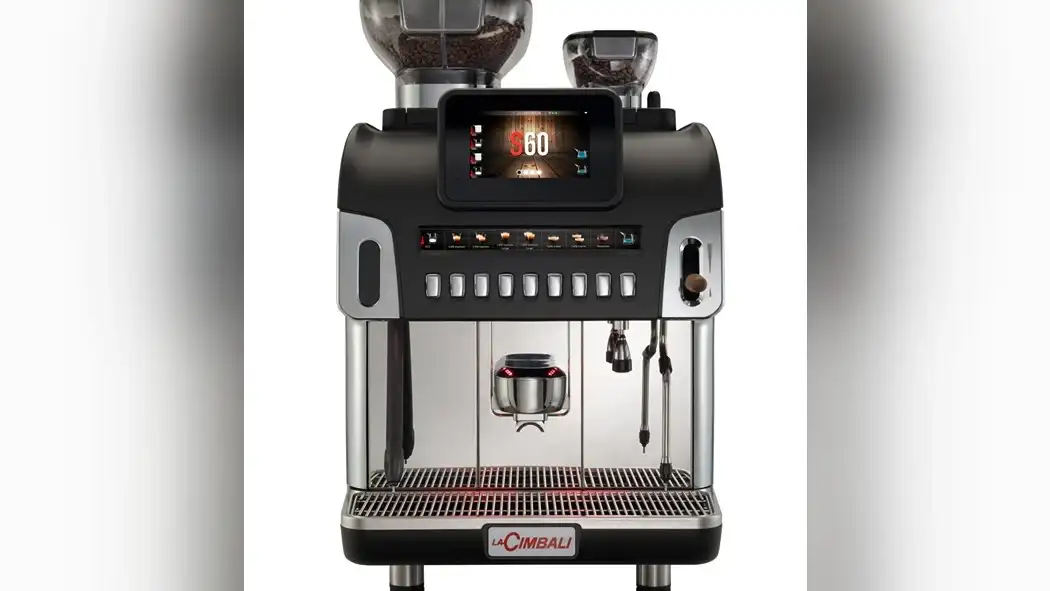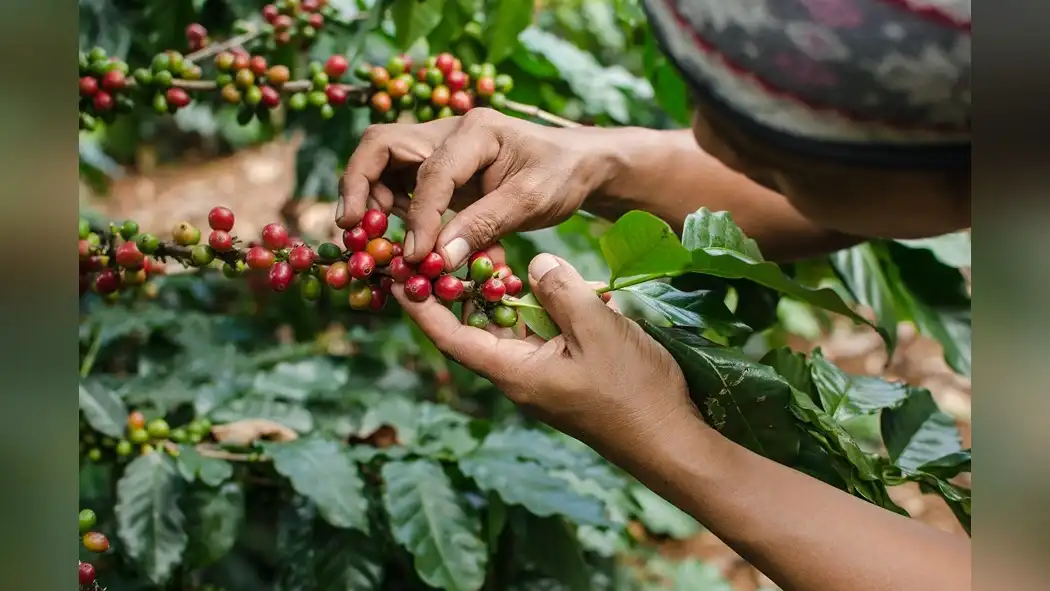You're about to delve into the world of perfecting the art of hulling and milling robusta coffee beans. Understanding the intricacies of these processes will elevate your coffee production to new heights.
From the initial hulling to the precise milling, every step is crucial in bringing out the best flavors and aromas from robusta beans.
Let's explore the techniques and innovations that will help you master this essential aspect of coffee bean processing.
Understanding Robusta Coffee Beans
If you're new to robusta coffee beans, you may be surprised to learn that they account for approximately 40% of the world's coffee production. Understanding the origins and unique characteristics of robusta coffee beans can enhance your appreciation for this variety.
Robusta beans are primarily grown in regions with a warm climate and thrive at lower altitudes. They're known for their high caffeine content and bold, earthy flavor profile, making them a popular choice for espressos and dark roasts.
When it comes to roasting techniques, robusta beans require a slightly different approach compared to arabica beans. Due to their higher caffeine content and lower sugar levels, they need to be roasted at higher temperatures for a longer duration to develop their flavor fully. This results in a distinctively strong and intense flavor profile with notes of chocolate and nuts.
Understanding these aspects of robusta coffee beans can help you appreciate the unique qualities they bring to the world of coffee.
Importance of Proper Hulling
You need to understand the importance of proper hulling in maximizing the flavor and quality of Robusta coffee beans.
By ensuring thorough hulling, you can extract the full potential of the beans, resulting in a rich and robust coffee flavor.
Proper hulling also contributes to improving the overall quality of the beans, enhancing their market value and desirability.
Maximize Coffee Flavor
To maximize the flavor of your coffee, proper hulling of Robusta coffee beans is essential. Maximizing aroma and flavor starts with the hulling process. When the hulling is done correctly, it ensures that the beans retain their essential oils and natural flavors. These oils and flavors are what give your coffee its unique and rich taste.
Proper hulling also helps in ensuring that the beans aren't damaged, which can negatively impact the final flavor of your coffee. Additionally, the hulling process sets the stage for the roasting techniques. If the beans aren't hulled properly, it can lead to uneven roasting, resulting in an inconsistent flavor profile.
Therefore, paying attention to the hulling process is crucial for maximizing the flavor potential of your Robusta coffee beans.
Improve Bean Quality
Improving bean quality begins with ensuring proper hulling of Robusta coffee beans. Proper hulling is crucial for enhancing the aroma and flavor of the beans. By effectively removing the parchment layer without damaging the beans, you can improve yield and ensure that only the highest quality beans are selected for further processing.
This meticulous process also contributes to the overall consistency and appearance of the beans, which is essential for maintaining quality standards. Additionally, proper hulling helps to minimize the presence of defects, such as mold or off-flavors, resulting in a more desirable end product.
Understanding the significance of proper hulling in improving bean quality is vital for achieving a superior cup of coffee and maintaining the integrity of the Robusta coffee beans throughout the milling process.
Techniques for Milling Robusta Beans
When milling Robusta coffee beans, ensure that the beans are evenly ground to achieve the desired consistency for the best flavor extraction.
To mill Robusta beans effectively, consider the following techniques:
- Bean Size: Start by sorting the beans based on size to ensure a uniform grind. This will help in achieving consistent flavor extraction during brewing.
- Moisture Content: Before milling, it's crucial to check the moisture content of the beans. Beans with high moisture content can lead to uneven grinding and affect the overall flavor of the coffee.
- Grind Setting: Adjust the grind setting on the milling equipment according to the desired coarseness or fineness. This will help in controlling the extraction rate and achieving the optimal flavor profile.
- Batch Size: It's recommended to mill Robusta beans in smaller batches to ensure that each batch is milled uniformly. This approach helps in maintaining the quality and consistency of the coffee grounds.
- Equipment Maintenance: Regularly clean and maintain the milling equipment to prevent any inconsistencies in the grind size and to preserve the flavor integrity of the beans.
Following these techniques will ensure that the Robusta beans are milled effectively, resulting in a high-quality and flavorsome end product.
Quality Control in Hulling Process
Ensure that your hulling process maintains consistent quality by implementing rigorous quality control measures at every stage.
Quality assurance is crucial during the hulling process to ensure that only the highest quality Robusta coffee beans proceed to the next milling stage.
Bean inspection is a fundamental aspect of quality control in hulling. This involves the careful examination of beans to detect any defects, such as mold, insect damage, or physical damage.
By incorporating advanced technology such as color sorters and electronic defect detectors, you can enhance the precision and efficiency of this process. These tools enable the identification and removal of defective beans, thereby upholding the overall quality of the batch.
Additionally, regular calibration and maintenance of these inspection tools are essential to ensure accurate defect detection.
Implementing a comprehensive quality control system in the hulling process not only safeguards the integrity of the beans but also contributes to the superior quality of the final product.
Enhancing Efficiency in Milling
To enhance efficiency in milling Robusta coffee beans, you can streamline the process by optimizing equipment and adopting advanced technologies for improved productivity and quality control.
Equipment optimization is crucial in achieving efficiency enhancement and waste reduction. Here's how you can achieve this:
- Invest in Precision Grinders: Upgrading to precision grinders can significantly improve the consistency and quality of the grind, reducing waste and enhancing overall efficiency.
- Implement Automated Sorting Systems: Introducing automated sorting systems can streamline the process by accurately segregating beans based on size and quality, leading to improved productivity.
- Utilize Advanced Roasting Technologies: Adopting advanced roasting technologies can optimize the roasting process, resulting in enhanced flavor development and reduced energy consumption, thereby improving overall efficiency.
- Integrate Quality Control Sensors: Incorporating quality control sensors into the milling process can enable real-time monitoring and adjustments, ensuring consistent quality and minimizing waste.
- Employ Data Analytics for Process Improvement: Leveraging data analytics can provide valuable insights into the milling process, enabling continuous improvement and waste reduction strategies.
Innovations in Coffee Bean Processing
You'll be excited to learn about the latest innovations in coffee bean processing.
Enhanced hulling techniques, sustainable milling methods, and quality control advancements are revolutionizing the industry.
These advancements not only improve efficiency but also elevate the overall quality of Robusta coffee beans.
Enhanced Hulling Techniques
When hulling robusta coffee beans, achieving optimal results requires employing precise and innovative techniques. Enhanced hulling techniques have revolutionized the processing of robusta coffee beans, leading to improved efficiency and sustainable practices. Here are some key innovations in hulling techniques:
- Precision Air Classification: Utilizing advanced air classification systems to sort beans by size and density, ensuring uniformity in the hulling process.
- Eco-Friendly Water Processing: Implementing water-saving hulling methods that minimize waste and reduce environmental impact.
- Automated Sorting Technology: Introducing automated sorting systems that enhance quality control and reduce human error during the hulling process.
- Multi-Stage Hulling Systems: Incorporating multi-stage hulling systems to optimize the removal of parchment and ensure consistent bean quality.
- Adaptive Hulling Machinery: Developing adaptive hulling machinery that adjusts settings based on real-time feedback, maximizing efficiency and maintaining bean integrity.
These innovations showcase the dedication to improving hulling techniques while prioritizing sustainability and quality control.
Sustainable Milling Methods
Implementing innovative sustainable milling methods is crucial for optimizing the quality and environmental impact of robusta coffee bean processing.
Sustainable practices in coffee milling involve reducing water usage, minimizing waste generation, and utilizing energy-efficient technologies.
Water recycling systems can be employed to minimize water consumption, while waste by-products can be repurposed for composting or as biofuel sources.
Additionally, the use of energy-efficient milling equipment and technologies can significantly reduce the environmental impact of coffee bean processing.
By adopting sustainable milling methods, you can contribute to the preservation of natural resources and minimize the ecological footprint of coffee production.
These practices not only benefit the environment but also contribute to the production of high-quality coffee beans, ensuring a more sustainable future for the coffee industry.
Quality Control Advancements
How can you ensure the consistent quality of robusta coffee beans during the milling process? Thanks to technological advancements, quality inspection in coffee bean processing has reached new heights. Here's how these innovations are revolutionizing the industry:
- Optical Sorting Technology: Cutting-edge optical sorting machines can identify and remove defective beans with incredible precision.
- Advanced Moisture Meters: Utilizing advanced moisture meters ensures that beans are dried to the perfect moisture content, preventing mold and ensuring high quality.
- Automated Color Sorting: Automated color sorting technology separates beans based on color, guaranteeing uniformity in the final product.
- Data-driven Process Control: Implementing data-driven process control systems allows for real-time monitoring and adjustments, ensuring consistency and quality.
- Enhanced Foreign Matter Detection: Improved detection systems effectively identify and remove foreign matter, enhancing the purity of the final product.
Conclusion
Now that you've mastered the art of hulling and milling robusta coffee beans, you can enjoy the satisfaction of producing high-quality coffee.
With proper techniques and quality control, you can ensure that every bean is processed to perfection.
Keep innovating and enhancing efficiency to stay ahead in the industry, and watch your coffee production soar to new heights like a well-oiled machine.






